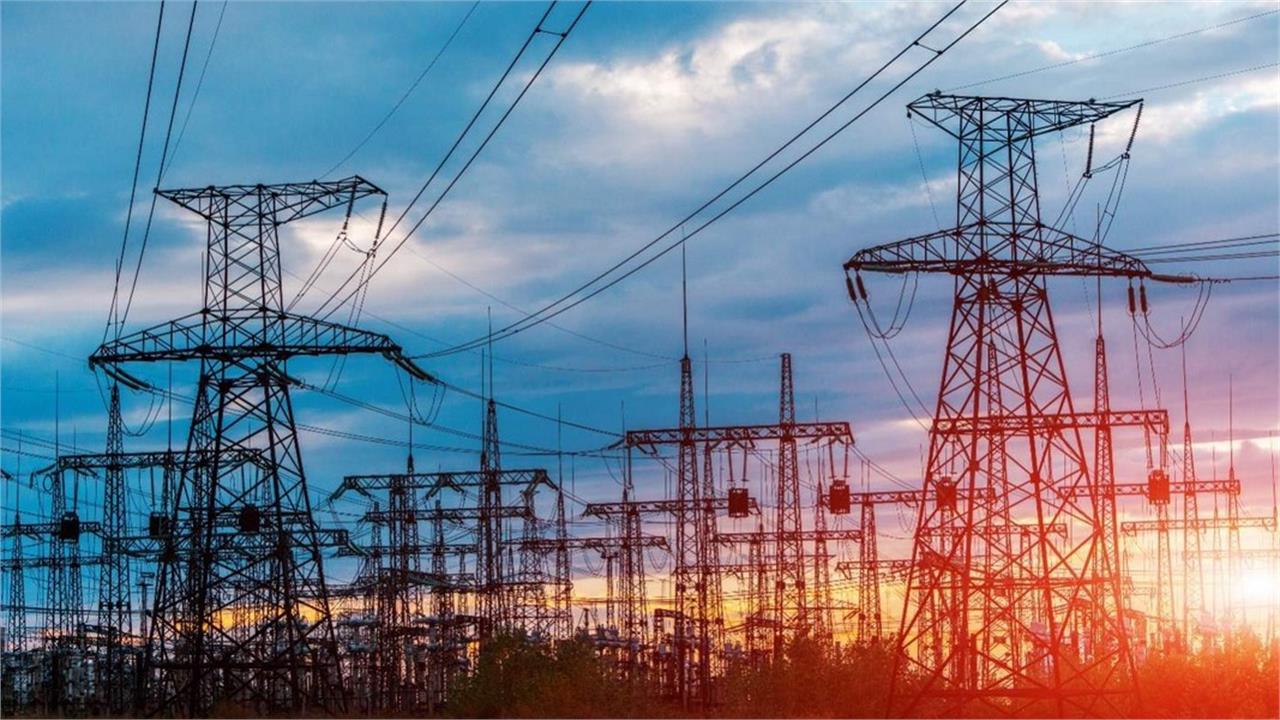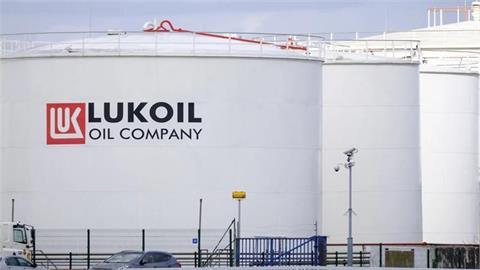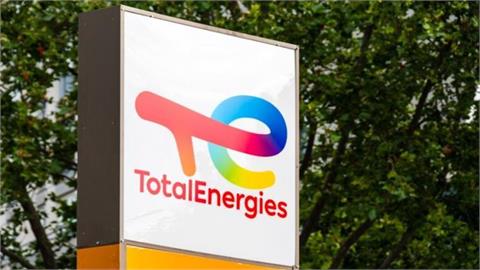In the aftermath of the energy crisis that engulfed Europe between 2021 and early 2023, a sense of cautious optimism had emerged, driven largely by the stabilisation and subsequent de-escalation of natural gas prices. Yet, this relative calm appears to be short-lived. Over the second half of 2023 and well into 2024, the benchmark Dutch TTF one-month gas contracts have once again begun trending upward, dragging electricity prices along with them. While this trend is being felt across the continent, it is in Southeast and parts of Central Europe that the impact is proving to be particularly acute.
Electricity prices in the region — notably in the interconnected markets of Greece, Bulgaria, and Romania, and extending to Hungary, Slovenia, and parts of the Western Balkans — remain stubbornly high. Recent wholesale market data show that prices in this area have ranged between €87/MWh and €102/MWh. This is in stark contrast to much of Western and Northern Europe, where markets such as France, Spain, and Germany have recorded far lower price levels, between €17/MWh and €64/MWh. The electricity price divide between Southeast Europe and the rest of the continent is widening — and with it, concerns over long-term economic and industrial competitiveness.
This disparity is not merely a statistical artefact; it reflects deeper structural imbalances within Europe’s energy markets. As natural gas remains a key input for power generation, especially in Southeast Europe where renewable penetration and storage capacity are still developing, fluctuations in gas prices directly affect electricity price formation. Compounding this is the fact that countries outside the EU electricity market framework, such as Turkiye, continue to enjoy significantly lower power prices — often 40% to 60% below those seen within the EU. This positions them at a considerable competitive advantage in terms of industrial production costs.
The strategic question that now emerges is how countries in Southeast Europe — already lagging in key industrial indicators — can remain competitive, not only within the broader EU single market but also against regional non-EU players. The challenge is even more acute when one considers the global picture. Industrial electricity prices in Europe are already two to three times higher than those in the United States and are significantly above those in China and Southeast Asia. This persistent cost differential has already prompted many energy-intensive industries to consider relocating outside the EU — a trend that risks accelerating if corrective measures are not undertaken.
What makes the situation particularly frustrating for the industrial sector is the apparent policy disconnect. While manufacturers, exporters, and SMEs express increasing concern over escalating energy costs, most national governments remain focused primarily on shielding households. In many cases, this has taken the form of sweeping subsidies and retail price interventions aimed at insulating domestic consumers from energy price volatility. While politically expedient, this approach leaves businesses exposed, offering little in the way of targeted relief or long-term structural support.
As Europe’s energy system evolves — marked by decarbonisation targets, the rapid integration of intermittent renewables, and a shifting geopolitical landscape — ensuring the affordability and competitiveness of electricity must become a strategic priority. For Southeast Europe, this means addressing both infrastructure bottlenecks and market inefficiencies that continue to isolate the region from the benefits of broader European integration. Unless these disparities are tackled head-on, the electricity price divide may well harden into an economic divide — one that risks marginalising Southeast Europe’s industrial future at precisely the moment it should be expanding.
[from the Editorial of IENE’s “Energy Weekly Report” (No 457) of June 13, 2025]




